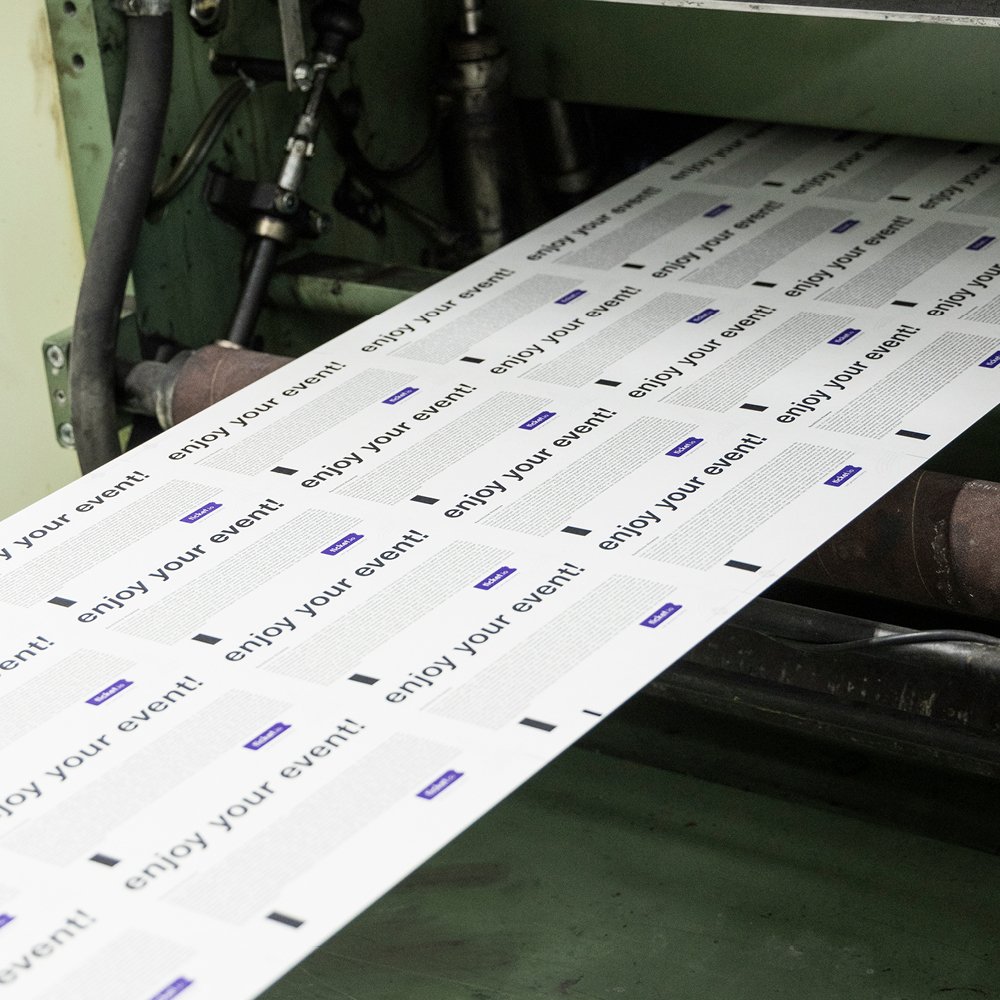The picture is very clear – fraud is escalating rapidly across the globe. A report from the Centre for Counter Fraud Studies at the University of Portsmouth reveals that fraud is costing the global economy $4.69 trillion, with losses rising by 56 percent in the last decade.
We have seen previously that in times of recession or economic uncertainty, there is typically a marked upsurge in fraud. Covid provided a recent example of how criminals look for new routes of attack during challenging times. Onfido’s Identity Fraud Report 2020 showed identity document fraud increasing by 41 percent compared to pre-pandemic levels.
As fraud has become more prevalent it has had an impact on all kinds of organisations. The result is not only the financial losses detailed above, but also the damaging of corporate reputations and goodwill.
Reputational damage
According to a World Economic Forum survey of CEOs and leaders of organisations around the world, corporate reputation is a more important measure of success than stock performance, return on investment and even profitability. A solid reputation inspires confidence and boosts business.
Legal proceedings following cases of fraud can cause irreparable damage to a company’s brand and image. Reputational damage threatens the very existence of companies, impacting employees, customers and shareholders alike.
The two types of document fraud
There are two main types of document fraud that can occur.
- Counterfeiting is the reproduction of a document by unauthorised print production or colour photocopying.
- Forgery is the unauthorised alteration of the embedded and intrinsic security features and/or the sensitive information contained within a document.
Any document of high value or high personal sensitivity is vulnerable to fraud. Examples include passports and citizen registration certificates, identity cards, tickets, product labels, postage stamps and more, right through to highly specialised and secure tokens such as banknotes.
Spotlight on certificates
Looking at just one of these document examples in detail highlights the scale of the overall challenge. Counterfeit qualification certificates are particularly sought after by those unqualified or partially qualified seeking employment in certain positions. This is a global concern, and one that has been causing huge damage for several years.
As far back as 2015, The New York Times reported on a billion-dollar industry consisting of 3300 “diploma mills”, selling fake certificates for all level of degrees worldwide. In 2018, South Africa saw a sharp increase in the number of fraudulent qualifications reported to regulatory authorities. In the same year, the BBC reported on Pakistan’s “multi-million-pound diploma mill”. And so the list goes on. This is only the number of fake certificates reported. The actual number is likely to be much, much higher.
Given this level of fraudulent activity against just one document type, it isn’t hard to realise the sheer scale of the challenge across all at-risk document types.
A robust and proven solution
So, what’s the solution to this document fraud epidemic?
Put simply, the answer lies in designing a more secure document. Of course, behind this simple answer lies a great deal of sophistication. A number of refined techniques exist, applied during the printing process or to the document in the latter stages of production. These techniques can be overt (a feature that is clearly visible upon inspection with the naked eye), covert (invisible to the naked eye and requiring an inspection device such as a UV light source or magnifier) or at a forensic level (needing very specific tools to prove its presence). Digital solutions introduce the use of apps to verify and authenticate QR codes and holograms. In this way, physical security features are combined with new digital technology to enhance protection and add additional layers of security. We explain more about the individual techniques used in our article The DNA of Security Print.
Ultimately, the level of fraudulent activity across the globe continues to grow and develop. Businesses and institutions are dealing with a threat which is highly complex and constantly evolving – one which requires expert support to help them manage the broadest possible range of fraud risks. By partnering with security print experts, organisations can protect profits and reputation and stay several steps ahead.



